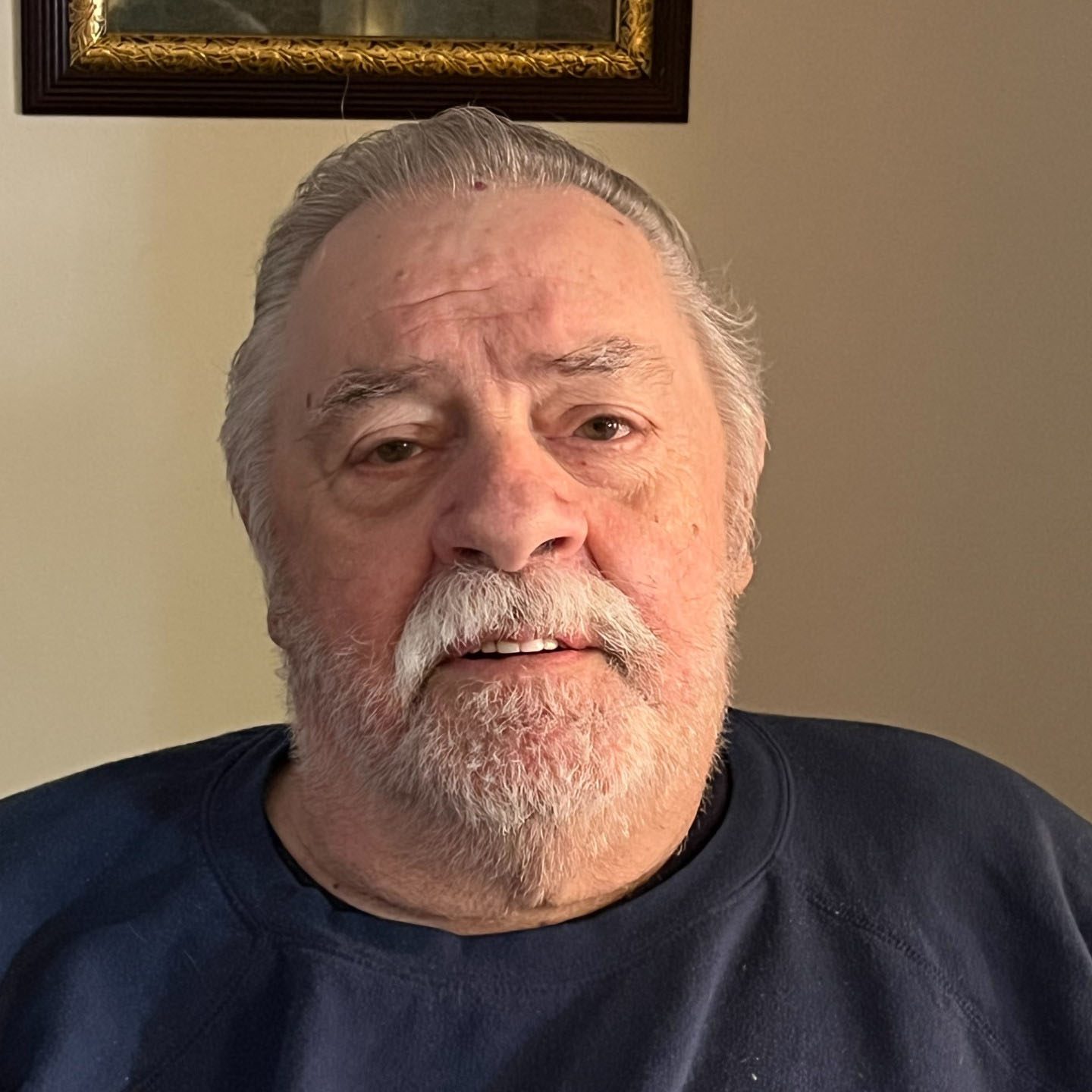Dr. Shailendra Singh: Director of Bariatric Endoscopy | Advanced Endoscopist | Associate Professor of Medicine, West Virginia University

What is Endoscopic Ultrasound Radiofrequency Ablation?
Endoscopic ultrasound radiofrequency ablation (EUS-RFA) is a specialized procedure that
combines two technologies: endoscopic ultrasound (EUS) and radiofrequency ablation (RFA). With EUS, doctors use an endoscope equipped with an ultrasound probe to capture real-time, high-resolution images of the GI tract and surrounding organs, such as the pancreas and liver. This ultrasound guidance allows physicians to pinpoint exact locations within the body with great accuracy.

RFA, on the other hand, delivers a high-frequency (460-500 kHz) alternating current that
induces coagulative necrosis of targeted tissue to cause cell apoptosis. Together, EUS and RFA form a powerful, minimally invasive tool for visualizing and ablating tumors deep within the body with exceptional accuracy and safety.
“EUS-RFA using the TaeWoong 19-gauge EUS needle has significantly expanded our ability to treat pancreatic tumors and manage cancer-related pain,” said Dr. Singh. “This noble device enables highly precise ablation under real-time EUS guidance, enhancing both safety and
therapeutic effectiveness. It’s an important addition to our therapeutic EUS capabilities—especially for patients in need of innovative, minimally invasive treatment options.”
Real Case: Treating an Insulinoma with EUS-RFA
Dr. Singh and his team recently treated an 80-year-old male suffering from recurrent encephalopathy and agitation. After ruling out hepatic and other metabolic causes, imaging
revealed a well-defined 18×9 mm pancreatic mass. EUS-guided fine-needle biopsy confirmed a WHO Grade 1 insulinoma, a rare neuroendocrine tumor secreting excess insulin.
The patient was not a surgical candidate due to severe comorbidities including coronary artery disease, congestive heart failure, chronic kidney disease, and diabetes. Initial medical therapy failed to stabilize his symptoms. Dr. Singh proceeded with EUS-guided RFA using a 19-gauge needle with a 5 mm RFA-capable tip, delivering 13 targeted ablations of the tumor.
Outcome:
- Immediate improvement in glucose levels
- Resolution of encephalopathy and agitation
- Discontinuation of octreotide
- Sustained clinical response at 6-month and 12-month follow-up
This case was later published and cited as evidence of EUS-RFA’s viability in high-risk, elderly
populations.
Clinical Applications of EUS-RFA by Dr. Singh
Metastatic Lesions
Applied in carefully selected cases for local tumor control.Dr Singh recently performed a successful ablation of renal cell carcinoma metastatic to pancreas using a 7 mm EUS RFA needle.
Pain Management
Dr Singh is using EUS-RFA for the treatment of severe pancreatic cancer related pain.
Dr. Singh recently presented findings from a prospective, single-arm pilot study (ClinicalTrials.gov: NCT05535894) at Digestive Disease Week 2025 in San Diego. The
study demonstrated the safety and feasibility of EUS-RFA for celiac plexus ablation, resulting in meaningful pain relief in patients with intractable abdominal pain from pancreatic cancer.
Primary Pancreatic Cancer
In selected cases EUS RFA can be used to shrink tumors and relieve symptoms in inoperable cases.
Pancreatic Neuroendocrine Tumors (pNETs)
Effective for hormone-secreting and non-functional tumors, often replacing surgery in
frail patients.
West Virginia University, Morgantown has emerged as a national leader in the use of Endoscopic Ultrasound–Guided Radiofrequency Ablation (EUS‑RFA) for the treatment of pancreatic tumors and pain management. With a dedicated team of advanced endoscopists, cutting-edge technology, and a patient-centered care model, WVU are pioneering the application of EUS‑RFA in complex cases, including functional neuroendocrine tumors and intractable pancreatic pain. The institution’s commitment to innovation and academic research places it at the forefront of minimally invasive endoscopic therapies, offering patients safer and more effective alternatives to surgery.
About Dr. Singh 
- Medical School: Maulana Azad Medical College, Delhi University
- Internal Medicine Residency: Allegheny Health Network
- Fellowships: Geriatric Medicine (UPMC), Gastroenterology (Allegheny)
- Advanced Endoscopy Training: Allegheny Health Network
Dr. Singh was recently honored with the prestigious Rising Star Award from the National Pancreas Foundation, recognizing his significant contributions and pioneering research in pancreatic diseases and advanced endoscopic techniques. Internationally recognized for his expertise, Dr. Singh has contributed to over 100 peer-reviewed publications in leading journals and has been granted multiple patents. He is widely acknowledged as a national leader in performing and teaching Endoscopic Sleeve Gastroplasty (ESG), endoscopic GI wall defect closures, and other interventional endoscopic procedures. He is currently leading pivotal clinical trials in the United States for endoscopic weight loss and metabolic procedures and interventional EUS.
Dr. Singh holds prominent roles on various national committees, including the American
Gastroenterological Association (AGA) Guidelines Committee, Advisory Board of the Bariatric
Division of the American Society for Gastrointestinal Endoscopy (ASGE), and the Digestive
Disease Week (DDW) Planning Committee. Through these leadership roles, he continues to
shape standards of care, clinical guidelines, and innovation in gastroenterology and advanced endoscopy.
Why It Matters
EUS-RFA represents a groundbreaking advancement in GI care, offering an alternative and
minimally invasive treatment option for a range of complex indications. Once limited to surgery or palliative care, patients now have access to:
- Minimally invasive options
- Outpatient treatments
- Improved quality of life
Dr. Singh’s success with the Shimko family and others like them signals a new era of therapeutic endoscopy, blending precision, compassion, and innovation.

